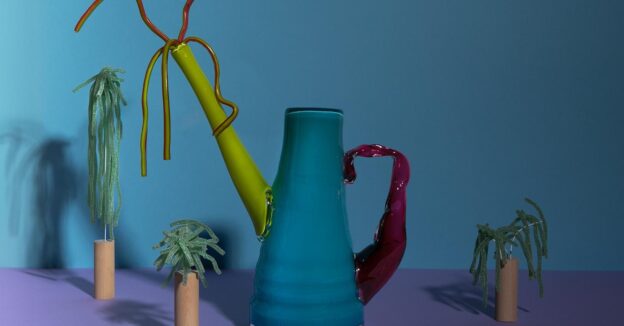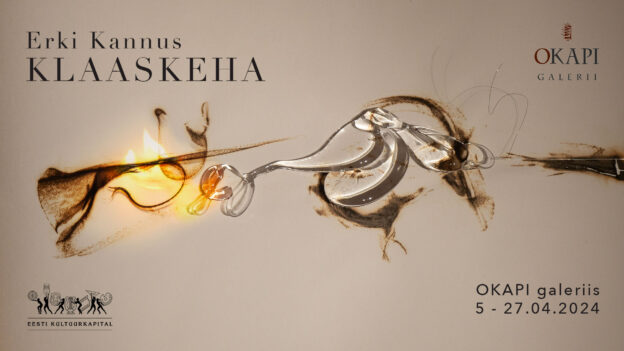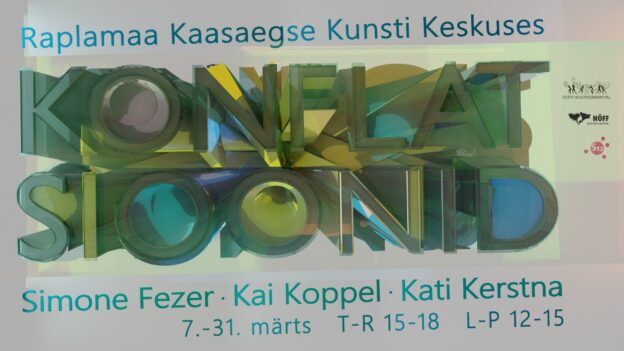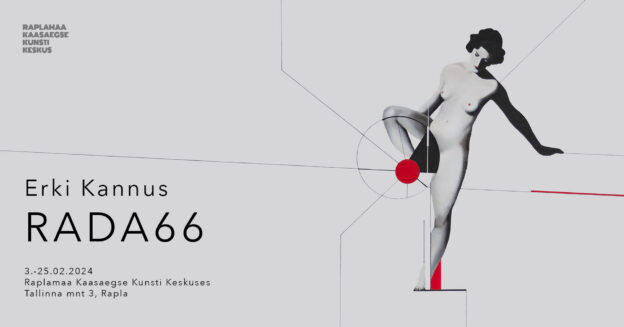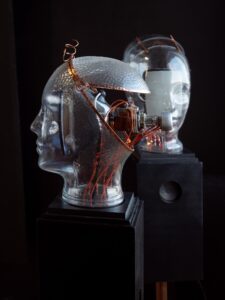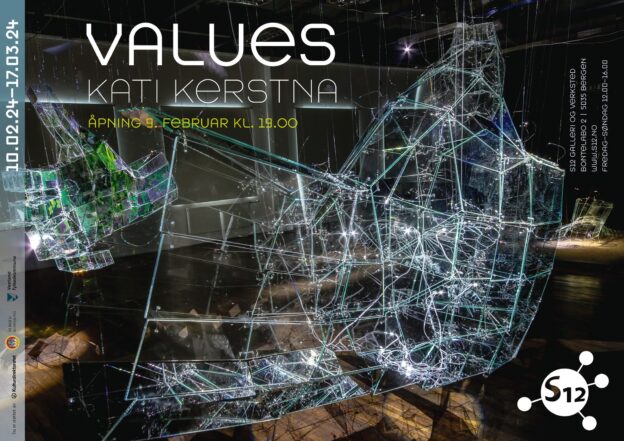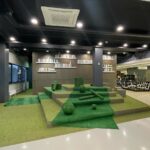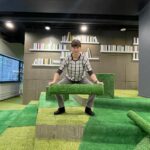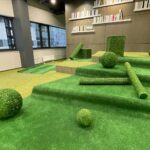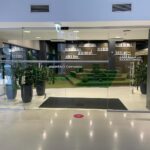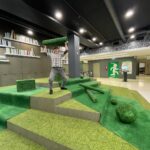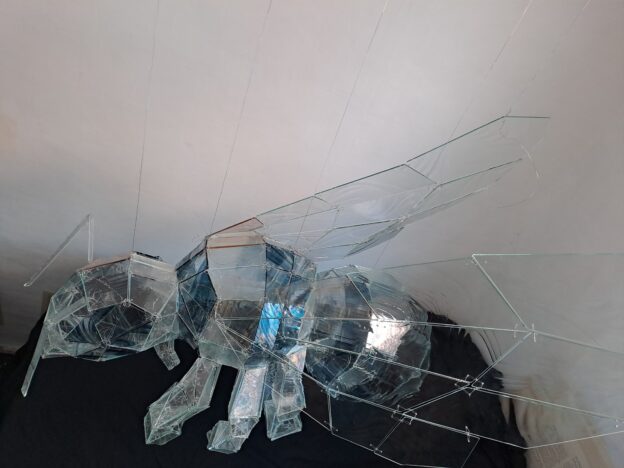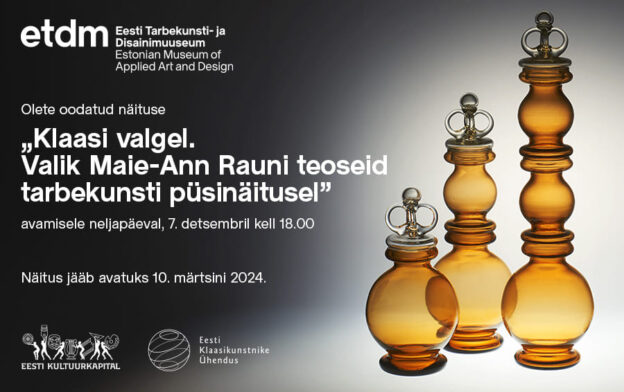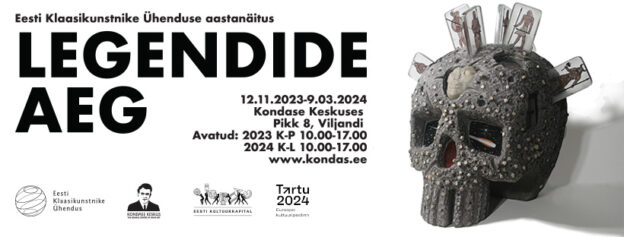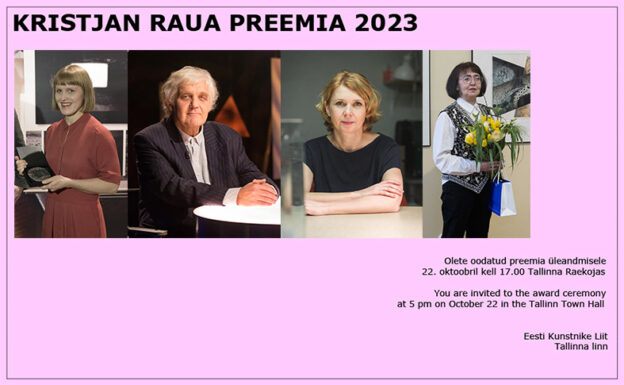Simone Fezer / Kati Kerstna / Kai Koppel
CONFLATIONS
RaplaCounty Centre for Contemporary Art
7-31.03.2024
Conflation: the act or process of combining two or more separate things into one whole, especially pieces of text or idea.
The world is multi-faceted, with its plethora of opinions, viewpoints, cultures, races, religions, in various stages of amalgamation. Sometimes, it feels like there isn’t enough space to accommodate them all. In tight spots, as we collide with each other, we become aware that our perspective is not the only one; neither is it the only correct one. To continue our existence, we need to change – to choose whether to limit ourselves to our own bubble, or to react with force and violence, or, perhaps, try to understand and accept the possibility – and necessity – for different angles and strata.
Differences can enrich our world, make it more exciting and alive. Attempts at understanding can elicit bafflement, curiosity, recognition; if not always delight, then at least a peace of mind – a feeling of liberation that comes from allowing the world to be more than a monoculture made up of clones.
In our conflations, we study and reveal different strata (of culture? of existence?), their past and future, their interactions and confluences.
Simone Fezer is a German artist working with glass, performances and installations.
On extensive travels, she has worked as assistant to renowned artists and studied at various international schools such as the Penland School of Crafts, and Centro Studio Vetro in Italy. She had a residency at the Tacoma Museum of Glass in Washington, USA in 2016, and at Gallery S12 in Bergen, Norway in 2020. In 2019, she was awarded the Irvin Borowsky International Award of the University of Arts, Philadelphia. She has a Teaching Assignment for Sculptural Glass at the Academy of Fine Arts in Stuttgart, Germany, and exhibits her mostly large-scale installations in Glass and Mixed Media nationally and internationally.
In her work, Simone Fezer addresses the fragility and interdependency of all life, and aims to create interdisciplinary and immersive environments. She likes to collaborate with other artists, bringing together installation, performance and multi-media, creating stages for the viewer to enter and explore. https://simonefezer.com/
Kai Koppel is a daring experimenter in the field of hot glass, working with the medium since 1975. Her early works included spatial glass objects. During the 1980s, as a young artist, she opposed the rational, geometric conventions of design with her own Dionysian method, based on the expressive randomness of hot glass. Instead of form following function, and contrary to consumerism, she drew inspiration from symbolic imagery, from nature, from ancient architecture; she became known for her large, columnar forms that took on the appearance of architectonics. She is a process-oriented artist for whom the physical involvement with the material and technology is essential. http://kaikoppel.ee/
Kati Kerstna is a socially sensitive artist with a focus on environmental topics. She likes to visualise her topics via the contradictory nature of glass. Walking the border between fragility and strength, playing with transparency, reflections, light and optics are some of her tools. Her creations are sculptural installations which draw attention to both space and form, and their illusoriness. She has been active as a curator whose endeavours have brought attention to Estonian glass art in the world. Currently, she is co-curating exhibitions of Baltic glass art. Together with Kai Koppel and Simone Fezer, she has contributed to the organisation of the Haapsalu hot glass symposia. http://katikerstna.ee/
